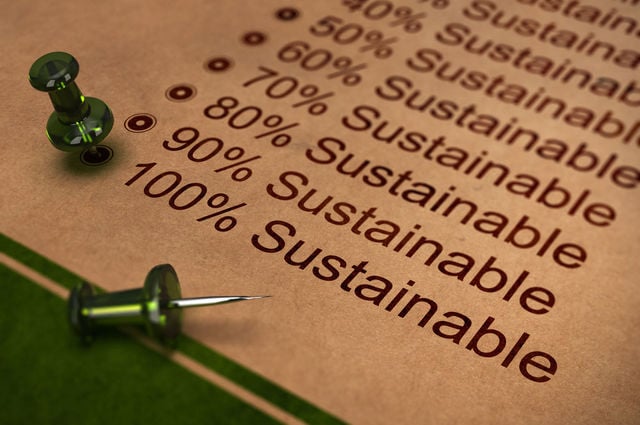How can sustainability be communicated beyond clichés and greenwashing?
31 experts shared their view
Both clichés and greenwashing are amongst the biggest traps to fall into when communicating sustainability. A "let's save the world" claim and tacky towel policy stickers are superficial and unappealing and could be a turn-off to the small group of environmentally and socially-conscious consumers. Green certification and lengthy, detailed corporate sustainability reports may (potentially) be of interest to a small niche group of highly activist consumers, who may not buy into that type of corporate hospitality in any case. However, there is a growing number of informed travelers: Those in search of genuine wellbeing and meaningful experiences at no (or as little as possible) cost to the planet. What works and what doesn't work in communicating sustainability? Any recommendations in regard to communication entering this critical decade?
Whereas clichéing communicator misses the chance to present the manifold added values of sustainability, greenwashers pretend that they have made efforts, however just for the sake of being perceived as green and thus trustable and a brand to stick with. The former falls into the green cliché communication trap. Examples of this are imagery that shows hands holding a globe, copy talking about Mother Earth and Planet B, an inflationary use of the color green and leaves as an illustrative style element. The latter – the greenwasher – celebrates his plastic straw ban as if he just got an award for environmental protection. Press releases, several posts on social media, an extra page on the menu with cute turtles on it, show his eco-warrior ambitions, while his energy still runs on coal, food waste has doubled since last year and the ratio of women in leading positions is at a sad 15 percent. Touché!
Believing that solely a change from plastic straws to no straws is worth sending out messages across all channels and media, declaring a new ecoistic era, is too simple. So, what to do? Guests, employees, and other involved stakeholders should be able to find interesting, engaging and creatively presented information on your eco strategy on various communication channels in a variety of depths and lengths. Deciding that the straws are going to be the star of your sustainable storytelling line – be my guest! But a profound strategy and transparent reportings on energy, water, and waste saving measures, social sustainability and local engagement, plastic minimization actions, etc. should back your efforts as well as deficiencies up, including a defined set of goals, actions, and indicators. Lastly, a dedicated team, and not only an enthusiastic PR department, is indispensable. One that is ready for a sustainable future – step by step.


